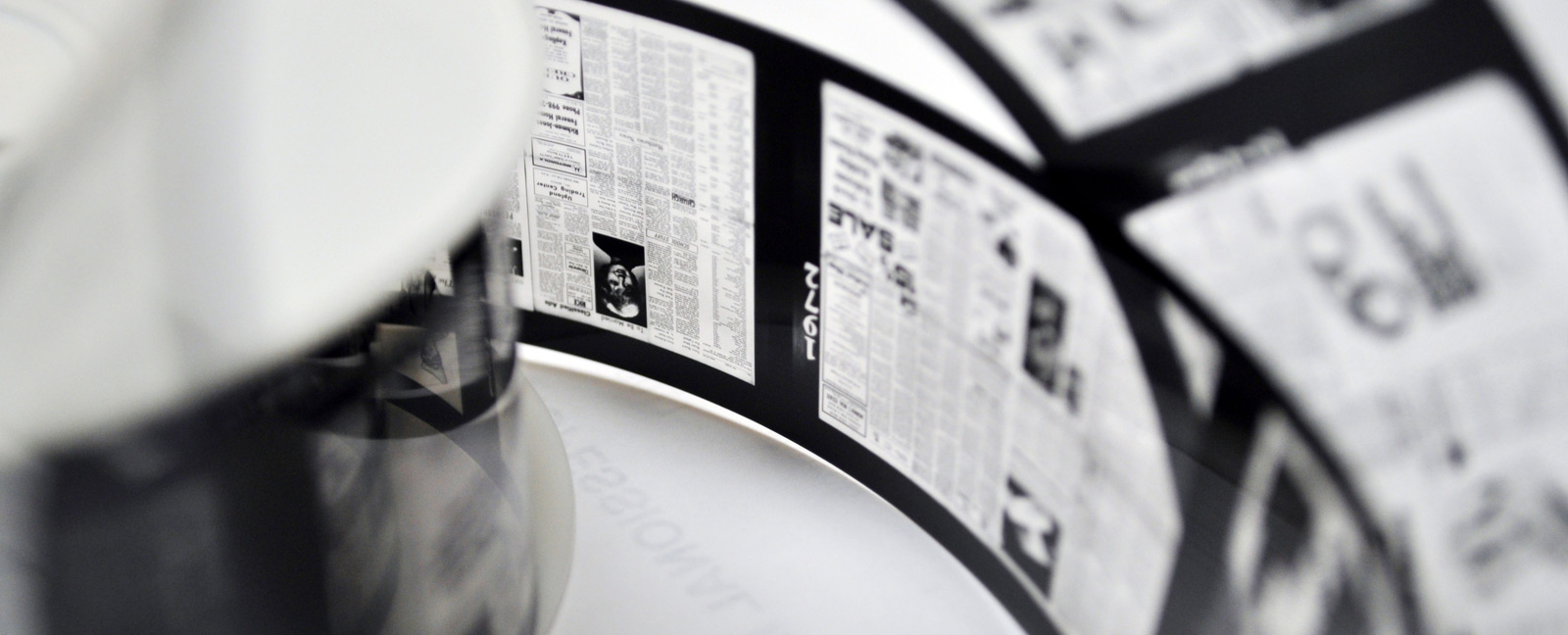Microfilm is a valuable, long lasting way to store images. This works by compressing images to sizes that are not readable to the human eye, reducing space requirements by 95%. Libraries and archives began using microfilm to preserve deteriorating books and newspapers to protect from wear and tear, and make room for their expanding collections. Government entities and businesses have used microfilm to store important records in a small amount of space. Even the military has used microfilm reels to deliver messages and save cargo space during World War II.
Microfilmed images can last hundreds of years, far longer than traditional paper print would last. This makes microfilm a preferred method of storing important documents and images today. Microfilm technology has been around for about 70 years, but new film techniques and technologies have made made microfilm even more durable and higher quality. Microfilm scanners are an easy way for libraries and archives to view, print, and scan information. These scanners allow libraries and archives to preserve fragile and important collections, view valuable records, and save an immense amount of storage space.
Another step of preservation is to digitize microfilm images. While microfilm is a reliable storage method, it is always a good idea to back up information. This is why many microfilms are also being scanned into digital formats. Micro-forms are projected onto a scanner to capture the image in a digital format. These digital images are saved in high quality, high resolution formats. The records can be easily searched, viewed, and accessed on a computer. Together, digitizing and microfilming provide a highly reliable, cost-efficient storage method that will help ensure the longevity of important records.
Business Systems & Consultants, Inc. provides microfilm scanners, scanning and digitization services, and expert support to our customers.

